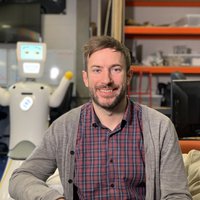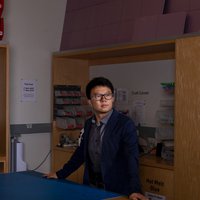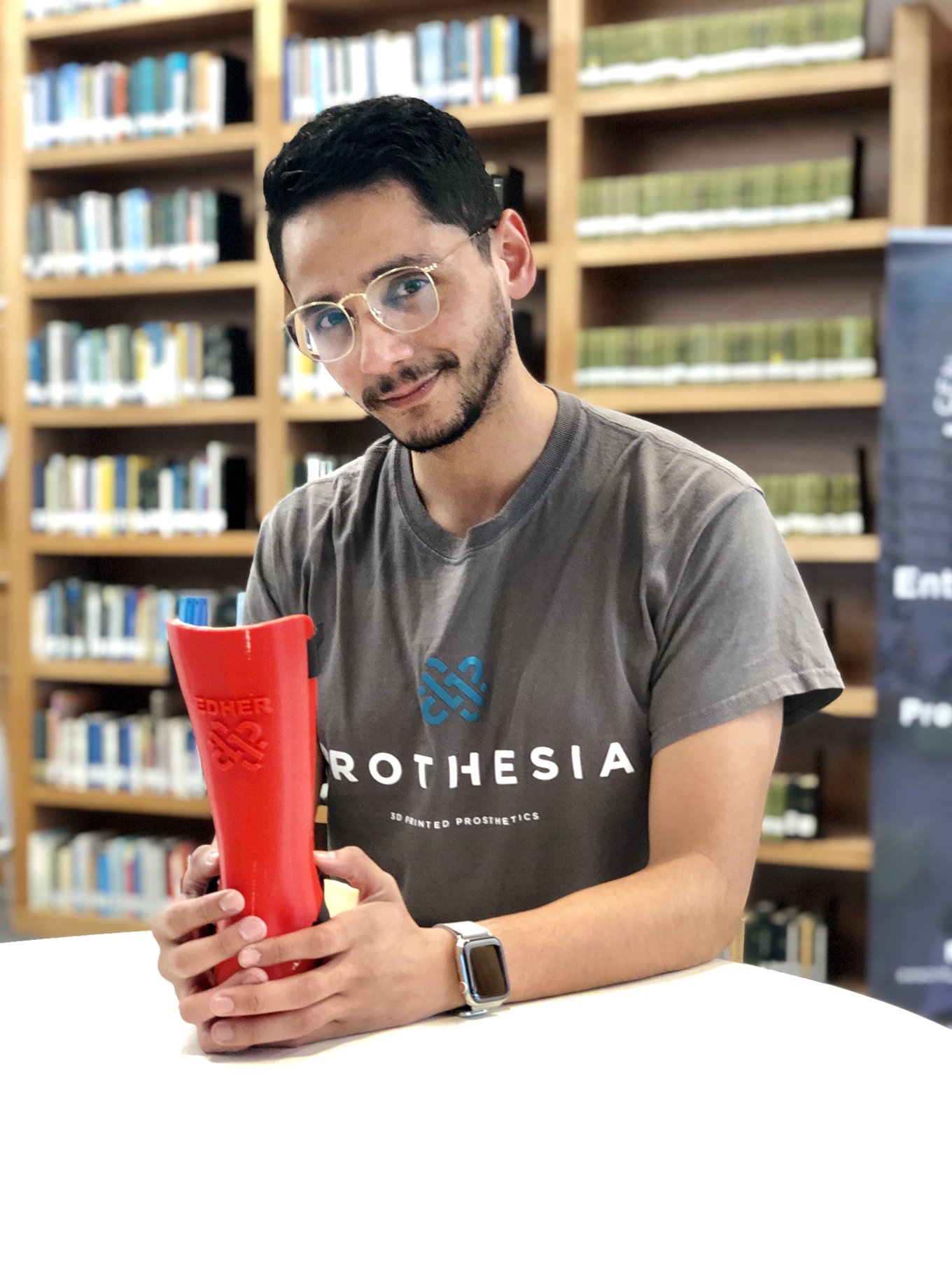Between 35 and 40 million people worldwide need some type of prosthetics, braces, or rehab treatments, according to The World Health Organization (WHO). A vast majority of them live in under developed and developing countries, as those are the countries with higher rates of traffic and work related accidents, war conflicts, and cerebral palsy cases linked to birth complications. Ironically this great need collides with accessibility due to diminished spending capacity of the residents of these countries and their weak sanitary services.
The young Mexican engineer, Francisco Valencia, became aware of this conundrum when he began working in an underprivileged community. That led him to create Prothesia, a start-up that designs and manufactures orthopedic apparatuses rapidly and at low costs thanks to 3D printing. His products allow children with cerebral palsy to improve their motor skills as well as granting them emotional independence from their parents. Thanks to this initiative, Valencia has been selected by the Latin American Innovators Under 35 from the MIT Technology Review LATAM edition as a winner.
A fundamental difference between orthoses and prosthetics is that the first does not substitute a severed limb. It just fulfills or reinforces some of the extremity's functions; for example, splints. The World Health Organization assures that people in need of orthoses are two to four times lengthier in number than those that need some form of prosthetics. In Mexico, 12,000 infants are born with cerebral palsy each year. Valencia proclaims, “We chose to focus on orthoses so we can help treat these children since palsy can't be corrected after the welding and fixture of muscles and bones have taken place.” The optimal time to intervene is at 18 months of age, (although Valencia has taken action in cases that go from two to eight years of age, with positive results).
The first step in Valencia ́s process is to determine which people are receptive to an apparatus. Once the candidates have been chosen, the extremity that will receive the orthosis is scanned with 3D technology. Using this technology, Valencia avoids using casts during the design process of the ankle-foot orthosis; a slow, invasive method that usually comes with errors in design. 3D modeling allows him to create the design of the brace and print it later using Prothesia.
Due to the natural development of children, the orthoses must be changed every six months based on a treatment that takes years. Since Prothesia lowers the cost of each device, it makes orthopedic treatment more accessible, allowing it to take place and therefore giving children with cerebral palsy and of a low income segment the opportunity to walk. Valencia exclaims, “What pushes me to keep on going is knowing that what I am doing is changing lives.”
The entrepreneur has minimized printing lapse after the scanning stage from two weeks to only 48 hours. Today, Prothesia has delivered around 30 devices and is currently working with 15 patients. Valencia is hoping to sell the software license that he uses to design the orthoses to increase the number of apparatuses available which help motor skill development in Mexican children with cerebral palsy.
The director of the Business Development department of Comau Robotics, Arturo Baroncelli, who is also a member of the jury for the 2019 Latin American Innovators Under 35, considers this project to be “interesting and coherent." Baroncelli also values its potential to cheapen orthoses devices in under developed and developing countries.




